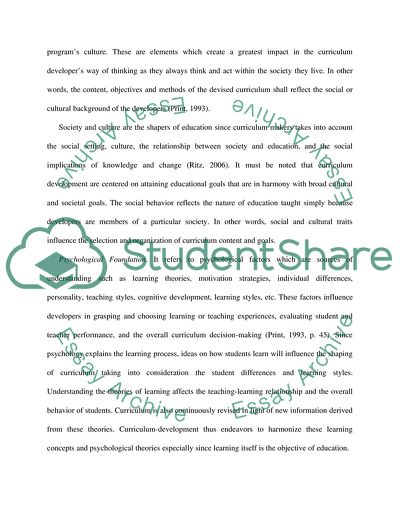Cite this document
(“Curriculum Development Assignment Example | Topics and Well Written Essays - 1000 words”, n.d.)
Retrieved from https://studentshare.org/education/1562361-education-curriculum-development
Retrieved from https://studentshare.org/education/1562361-education-curriculum-development
(Curriculum Development Assignment Example | Topics and Well Written Essays - 1000 Words)
https://studentshare.org/education/1562361-education-curriculum-development.
https://studentshare.org/education/1562361-education-curriculum-development.
“Curriculum Development Assignment Example | Topics and Well Written Essays - 1000 Words”, n.d. https://studentshare.org/education/1562361-education-curriculum-development.


